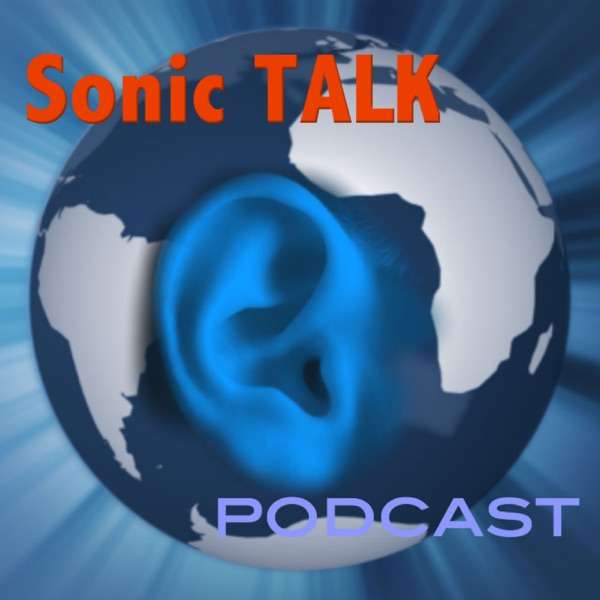As an American, you can’t help but root for Intel CEO Pat Gelsinger to succeed. His vision to bring semiconductor manufacturing leadership back to the United States is more than just a quaint nationalistic sentiment. Rather it’s a strategic imperative for the country, its military, global competitiveness and access to future technological innovations in the AI era. But his strategy is dependent upon the success of Intel both as a designer and a leading manufacturer of advanced chips.
As such this choice puts Intel in a multi-front war with highly capable leaders in several markets, including names like AMD, NVIDIA, AWS, Google, Microsoft, Apple, Tesla and other chip designers…even perhaps OpenAI. As well Intel competes with with established manufacturers like Taiwan Semiconductor and Samsung. Moreover, Intel’s business model has been disrupted by Arm which has created a volume standard powered by the iPhone and mobile technologies. Finally, China, Inc. looms as a long-term competitor further underscoring the imperative.
But the trillion dollar questions are: 1) What are the odds that Intel’s strategy succeeds; and 2) Are there more viable alternative strategies for both Intel and the United States?
In this Breaking Analysis we try to address these uncertainties and to do so we welcome Ben Bajarin, CEO and Principal Analyst at Creative Strategies.

 Our TOPPODCAST Picks
Our TOPPODCAST Picks  Stay Connected
Stay Connected







